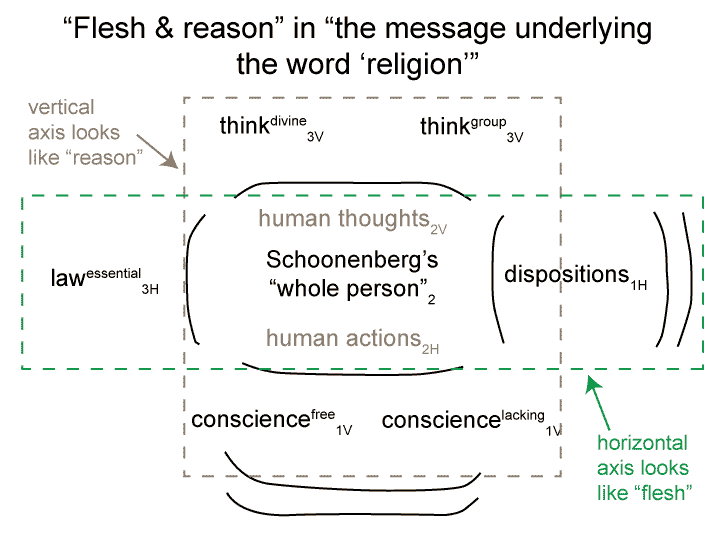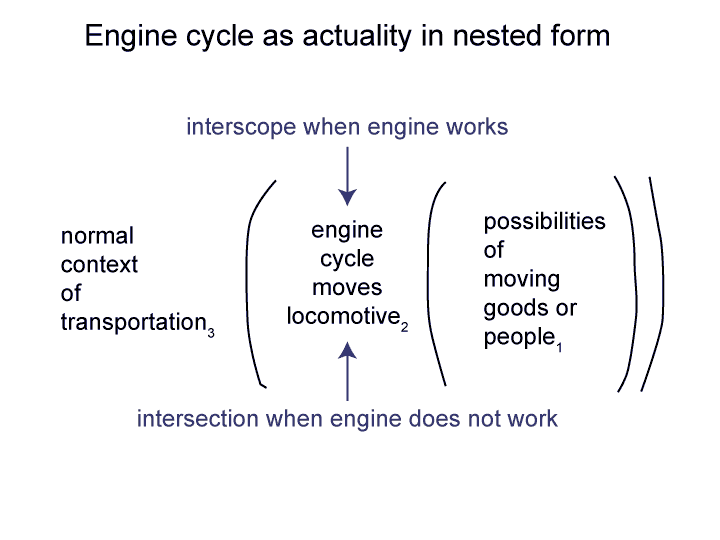Man and Sin by Piet Schoonenberg (1964) 2.3 CR
[Photon absorption serves as a metaphor for interpellation.
A person receives (absorbs) a broadcast message. The message interpellates the whole person. When the person receives the signal, “she” hears a call.
It is as if ‘religion’ broadcasts a waveform that matches the receiver of the human mind.
Religion addresses us from a distance.
In order to do this, there must be a distance.
This is where God, the Other, comes in.
God provides the space for regarding ourselves.]


